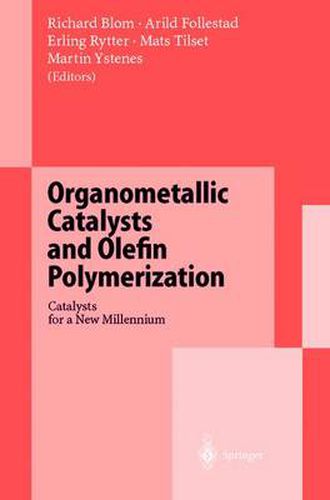Readings Newsletter
Become a Readings Member to make your shopping experience even easier.
Sign in or sign up for free!
You’re not far away from qualifying for FREE standard shipping within Australia
You’ve qualified for FREE standard shipping within Australia
The cart is loading…






This title is printed to order. This book may have been self-published. If so, we cannot guarantee the quality of the content. In the main most books will have gone through the editing process however some may not. We therefore suggest that you be aware of this before ordering this book. If in doubt check either the author or publisher’s details as we are unable to accept any returns unless they are faulty. Please contact us if you have any questions.
Catalysis is more art than science , probably all of you have heard and even used this expression. Whether it is true or not, it alludes to the experience that new catalysts are hard to find, and near impossible to predict. Hard work and a lifetime of experience is invaluable. However, a keen mind might give insight into where to search, but not necessarily about where to find the answers. Historically, quantum leaps have often arisen from serendipity - we all know the story about the nickel-contaminated reactor that triggered further research towards the first coordination catalyst for ethene polymerization. Taking advan tage of this event, Karl Ziegler became the first chemist to earn both a Nobel prize and a fortune for the same invention. A broken NMR tube helped Walter Kaminsky discover the effect of high concentrations of methylaluminoxanes as co catalysts for metallocenes. When air reacted with the concentrated trim ethyl aluminum solution, sufficient amounts of methylaluminoxanes were formed, and the lazy catalyst dormant in the NMR tube suddenly became sensationally active. Ziegler and Kaminsky were lucky and had the genius needed to take advantage of their luck.
$9.00 standard shipping within Australia
FREE standard shipping within Australia for orders over $100.00
Express & International shipping calculated at checkout
This title is printed to order. This book may have been self-published. If so, we cannot guarantee the quality of the content. In the main most books will have gone through the editing process however some may not. We therefore suggest that you be aware of this before ordering this book. If in doubt check either the author or publisher’s details as we are unable to accept any returns unless they are faulty. Please contact us if you have any questions.
Catalysis is more art than science , probably all of you have heard and even used this expression. Whether it is true or not, it alludes to the experience that new catalysts are hard to find, and near impossible to predict. Hard work and a lifetime of experience is invaluable. However, a keen mind might give insight into where to search, but not necessarily about where to find the answers. Historically, quantum leaps have often arisen from serendipity - we all know the story about the nickel-contaminated reactor that triggered further research towards the first coordination catalyst for ethene polymerization. Taking advan tage of this event, Karl Ziegler became the first chemist to earn both a Nobel prize and a fortune for the same invention. A broken NMR tube helped Walter Kaminsky discover the effect of high concentrations of methylaluminoxanes as co catalysts for metallocenes. When air reacted with the concentrated trim ethyl aluminum solution, sufficient amounts of methylaluminoxanes were formed, and the lazy catalyst dormant in the NMR tube suddenly became sensationally active. Ziegler and Kaminsky were lucky and had the genius needed to take advantage of their luck.